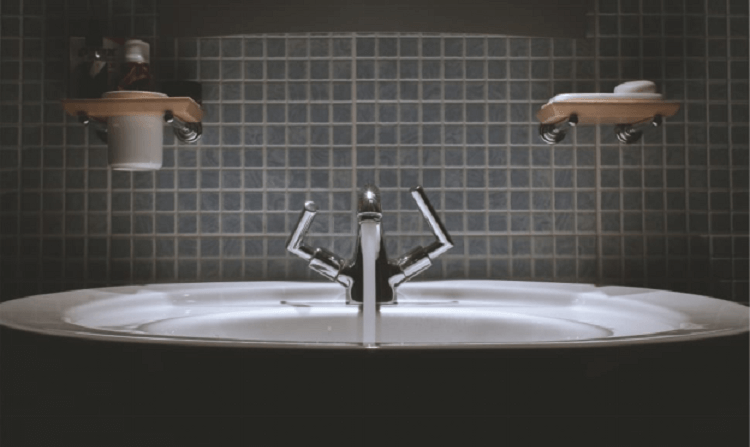If something is annoying about bathtub bunnings, it is scratches and stains. Those that are made with weak materials are usually replaced in just a couple of years. To get a tub that can last a couple of decades, getting the best materials for a bathtub is the key.
What makes a bathtub strong and durable is its core materials. Sealants also work to add more life in a tub. However, it’s not enough to secure longevity if the core material itself is weak. Here are the four best materials for the bathroom bathtub based on durability.
Four Best Durable Bathtub Materials
1. Cast Iron Tubs
Cast iron is the most durable material for a bathtub. It is the most expensive option for a bathtub material, but its all worth it. Most cast iron tubs manufactured can last up to 20 years. With an excellent sealant to prevent moisture, the tub can last for additional years. The only unpleasant thing about this kind of tub is the fact that you might not be able to use it on the second floor and above because it is pretty heavy.

2. Stone Resin
Stone resin is a material designed to look and feel like a natural stone structure. Also known as “solid surface”, this material is a mixture of acrylic resin, marble dust, bauxite, and more. It’s not on the level of cast iron. However, it’s still high on the list because of its long lifespan and color retention. Cleaning is easy, and you don’t have to maintain it regularly. Its more expensive than most common materials, but the cost is worth it for its longevity.
3. Porcelain on Steel
If you’re looking for an option that won’t break the bank, porcelain on steel might be the best option. After a sheet of steel has been formed, porcelain enamel will be coated to the surface. It’s a pretty durable material that is easy to clean and maintain. Installation can be done with relative ease as the material itself is lightweight. Just don’t drop or hit a hard object on it as rust can form in the surface chipped.
4. Acrylic

Acrylic is another common bathtub material used in a lot of households. It’s cheap and durable, making it more desirable for people who want to save money. To make this, a sheet of acrylic was formed into the desired design and is reinforced by fiberglass. In a way, you can call it a hit-or-miss improvement for fiberglass. It’s a hit-or-miss because when the stress points are not adequately reinforced, its durability might not be the best. Acrylic bathtubs are available in a variety of colors. However, you can only clean scratches by using abrasive cleaners.
Conclusion
Fiberglass might be less expensive, but its brittleness makes it a hard recommendation. Only use it when there’s no other option, and if the budget is not enough. One of the best scenarios to get this is when you’re planning for a shower/tub combination.
